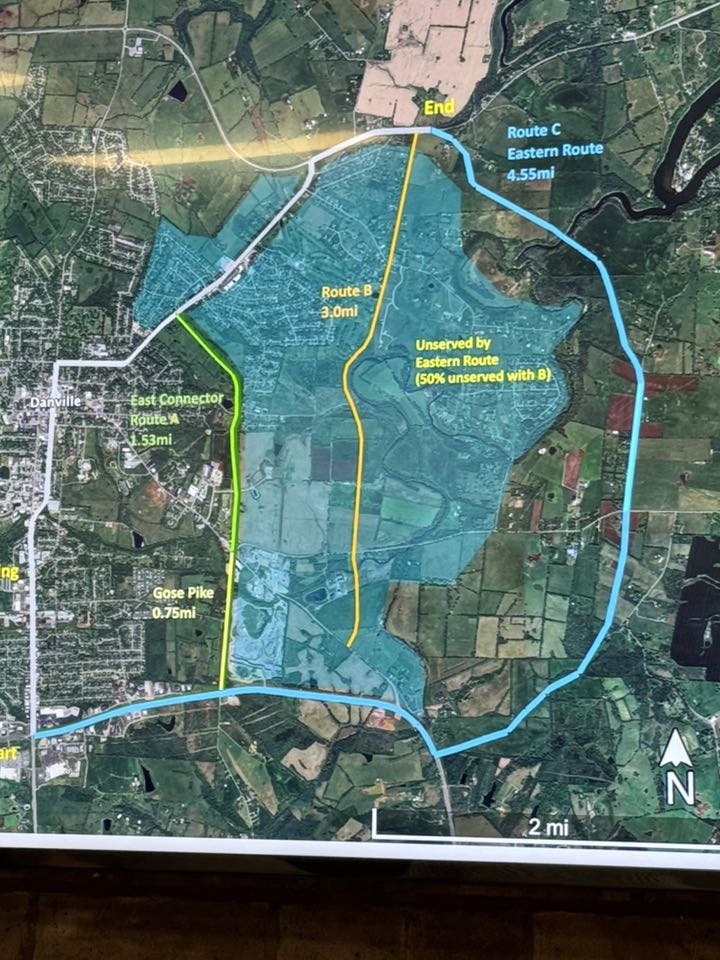Ag notes, Oct. 10; Fall is a good time to sample soil
Published 9:08 am Tuesday, October 10, 2017
Fall is a great time to take soil samples for fertility analyses.
Doing it now can allow you plenty of time to follow fertility recommendations before planting season, and that could end up saving you time and money. When you receive the soil test results, look at the recommendations for lime and pH, a measure of soil acidity that affects plants’ uptake of all nutrients. If the soil pH is too low, it decreases the uptake of essential nutrients, and elements like aluminum and manganese can become toxic to growing plant roots.
Applying limestone neutralizes soil acidity. Because agricultural lime takes about six months to break down and react with the soil, you should apply it in the fall so it will be fully effective in the spring. Unlike fertilizer, you really only need lime every three to five years, depending on your crop rotation and nitrogen fertilizer history. The only way to determine if your fields will need lime next year is by soil testing this fall.
Trending
All the recommended fertilizers, except nitrogen, also can be applied in the fall. Often a fall application will save you considerable money, because fertilizer prices generally are cheaper in the fall as a result of lower demand. In addition to lower fertilizer prices, it’s easier to get the spreader truck in the field during the fall because the soil is usually drier.
If you don‘t soil test, you can only guess at the fertility needs of your fields, and far too often assumptions are wrong. Guessing at the amount of fertilizer to apply often results in applying more than the recommended rate. Some producers want to be sure there’s plenty of fertilizer available in case they have a bumper crop next season. However, studies have shown that crops need the same amount of fertilizer in a good year as in a poor year.
If you’re interested in collecting fall soil samples, contact your local County Cooperative Extension office. We can give you details on how to take accurate soil samples and what to do with the collected cores. Some counties have a cost-share program that pays for some or all of the costs.
Educational programs of the Kentucky Cooperative Extension Service serve all people regardless of economic or social status and will not discriminate on the basis of race, color, ethnic origin, national origin, creed, religion, political belief, sex, sexual orientation, gender identity, gender expression, pregnancy, marital status, genetic information, age, veteran status, or physical or mental disability. University of Kentucky, Kentucky State University, U.S. Department of Agriculture, and Kentucky Counties, Cooperating.
Jerry Little, County Extension Agent for Agriculture/Natural Resources






